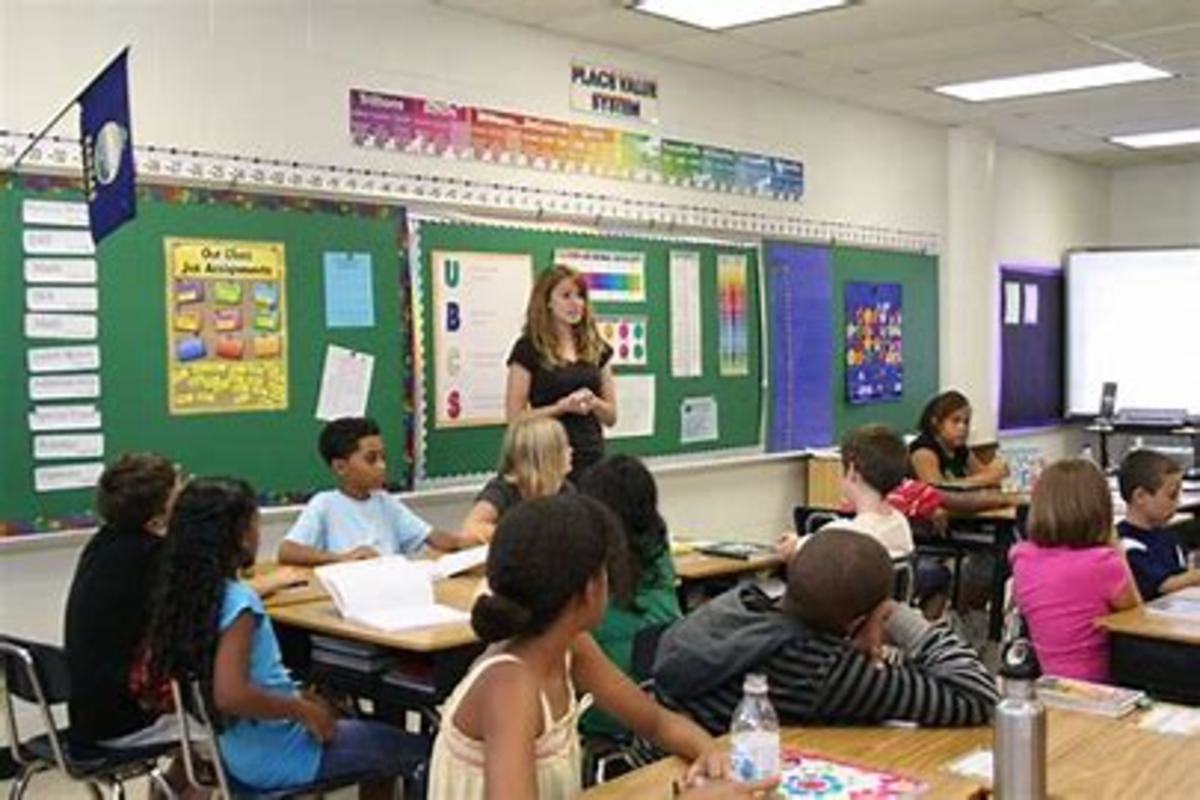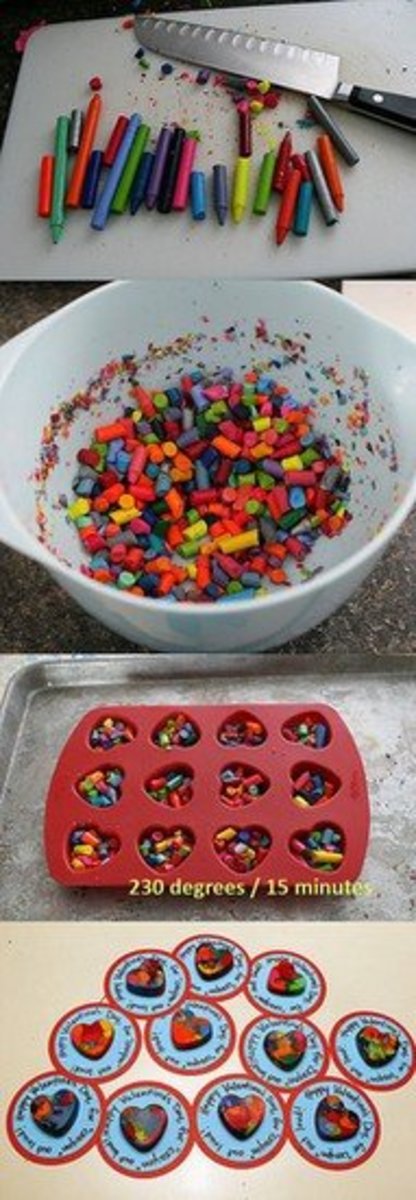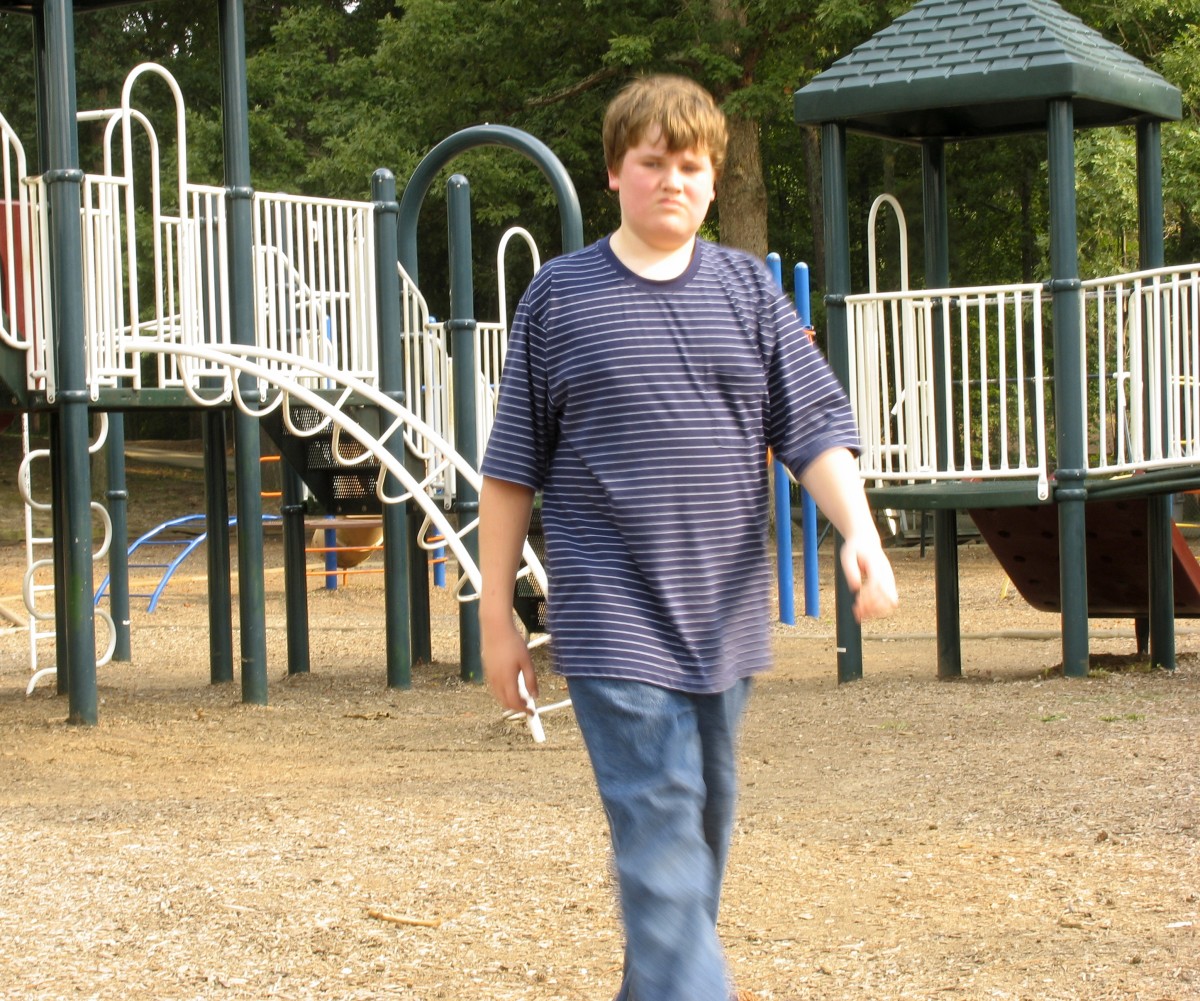Adoption: Teaching Elementary Students Through Awareness and Knowledge

I’m Adopted!
In the fall of 1961, I started Kindergarten, and I was horrified to discover that I was uniquely different from the rest of my 12 classmates-I found out that I was adopted! I was having a conversation-I loved to talk-with another boy about where babies came from, and we agreed that they came from our moms’ tummies; however, he was fast to point out that I, in fact, did NOT come from my mom’s tummy, but instead from some other mom, because I was adopted. I was not sure what that meant, but I remember not liking his tone when he said this, and as a reaction, became very angry, which means, I most likely started yelling, “No, I’m not!”
Later that afternoon when the bus dropped me off from school at our family farm, I recall telling my mom about this terrible lie that a boy from school said about me being adopted, to which she responded that I was, and told me the story behind my adoption. This news was very upsetting to me, and to complicate matters, I had an older sister and one younger brother at the time (my parents later also had another biological boy and girl) who were not adopted, so that left only me. And, living in a very small rural community, there were no other adopted children around that I knew of at the time.
I Hated Being Adopted!
I hated being adopted, and I hated that everyone around me knew: all my classmates, all the other kids at school, the teachers, cooks, custodians-everybody! So there was no getting away from it. I just wanted to fit in. I didn’t want to be singled out. I didn’t want to be different. I just wanted to be part of a family in the same way that everyone else was, but there was nothing I could do about it, and to make matters worse, my difference was constantly being shoved in my face by the people around me: friends, school mates, teachers, the people around me at church, and my family. In fits of sibling fighting, my oldest sister would call out, “You adopted brat!” Since the cat was out of the bag, my parents began introducing me to visiting people at church (fortunately there weren’t too many of these) as their “adopted son, Timmy.” I was constantly being singled out as a variation from the family norm in my community. I remember one of my closest friends saying to me that he wished that he could be like me because I was different, and different people are always cooler. Well, I didn’t want to be “cool” in that way. I desperately just wanted to belong in the same way that everyone around me did. No one ever said that I looked like my dad or my mom or any other member of my very large extended family that was centered around me, because they knew that that was not possible; however, I frequently overheard people make these types of comments about my other siblings.
I Desperately Needed to Belong
I desperately needed to “belong” to someone in the same way that my friends belonged to their parents. In junior high and high school, I recall fantasizing that any one of the young, new, and single female teachers that rotated through our school could possibly be my biological mother; since I knew that she had given me up for adoption because she was only fifteen and single when she had me.
Maybe it was this internal need that I had embedded inside me to have someone in my life that was “of” me that caused me to want my own wife and children. I started dreaming about having my own family when I was a teenage boy; I also decided at this time in my life that somewhere along my family path that I, too, would adopt a son. So, 35 years later, when this choice was presented to me, I knew this is what God wanted for me, this is what He always wanted for me, so the decision to adopt my youngest son Luke was always inside me, and then the moment came, albeit, many years later.
He is “of us”
Although my two older children, who were not adopted, share biological DNA with me, and Luke doesn’t, does not mean that he is not “of me.” He shares the same family cultural habits, behavior, perspectives, attitudes, and demeanor that my wife and I do-he is “of us.” Because being adopted myself, and being raised in a similar situation with biological siblings of my parents, I had insider information into Luke’s situation and personal needs. Therefore, I did everything I could to make sure he knew that he held the position of being fully our son in every sense of the meaning. He was God-created, and God-given just like every child is to their parents. We told him he was adopted before he started Kindergarten (I didn’t want him to find out in the same way I did) just so that he had this information, and then periodically, we asked him if he had any questions about his adoption, just so that he knew the topic was open for discussion should he want to talk about it, however, he never does. I know from experience that he doesn’t want to be “different,” “singled out,” or in any way appear apart from his brother, sister, me, or his mom; he wants to fully and completely be part of our family-just like I wanted with my now extended family, but didn’t have. We all have a very strong desire to belong, to fit in, and to be fully accepted just the way we are; however, there are many roadblocks in life that can make this difficult, and for some, more so than others.
Diversity
Diversity is a very broad, encompassing term that refers to many types of being different. While some students’ diversity is obvious to teachers, some are not; therefore it is easier for teachers to be sensitive to some students’ diversity and not to others.
In order to truly know someone, you really need to know about his upbringing. I know some teachers don’t want to be “influenced” by information about their in-coming classroom students, but I don’t hold with this tenet. The more information and awareness you have about your elementary students, the more background knowledge you have for the sake of developing culturally relevant and sensitive curriculum, teaching methods, and modifications to instruction in your classroom that takes into consideration multiple areas of individual and family diversity.
Once when I was an elementary teacher, I received a letter from a parent of a new student who would soon be joining my class in the middle of the school year. In this letter, the parent told me everything a teacher needed to know about her son in order for him to have the best learning experience possible. Even though I had been teaching for many years and had many new students move into my class, this was the first time that a parent had done something like this, and I thought it was a wonderful idea. As soon as I received my class list early in the fall of each school year, I always talked with my students’ pervious teachers, counselors, librarians, and school nurses to find out as much as I could about each one, but when I got a new student after the beginning of the school year, I didn’t have this background information. It’s because of this past experience from this parent that I made it a practice to write a letter of introduction regarding my son, to each of his new classroom teachers every school year, even though he remained in the same school since Kindergarten. So they knew he was adopted and didn’t want to be singled out in any way, however, frequently this information was ignored. Ignored, I think, for the sake of doing the same old things each and every year that elementary teachers can easily fall into the rut of doing, and thereby not making accommodations and modification to their instruction and classroom practices in considerations of differing individual students and families that enter. Students are not all the same, each and every year!
Instructional Activities that Damage Adopted Students
An instructional activity that is appropriate for a specific group of students doesn’t necessary mean it will work with a different group. Before teachers launch into the same old habit with an activity, they should consider the diversity of their present classroom of students. Some seemingly harmless activities can have devastating effects and consequences upon students without the teacher being aware. For example, in the following sections are some samples of instructional activities that caused a lot of emotional pain, trauma, and distress for my son and our family.
The Family Tree Homework
Typically included in the study of DNA in elementary science curriculum is some reference to a family tree. Although many children are interested in their family tree, this can be a disturbing realization for adopted children in the classroom. An assignment requiring an adopted child to chart his family tree could cause him much distress, because it serves to further distance him from his family, make him standout as being different, not belonging, not part of the of the “true” family. This is what happened to my son when he was in third grade. Even though he knows who his biological parents are, as well as his biological sisters and brothers, in his behavior, he doesn’t see them as his true family. Instead, he sees the people who raised him, my wife and I, along with his brother and sister, as his true family. With this in mind, the Family Tree Homework assignment caused him much confusion and pain as he was forced to think of himself as NOT fitting in, as NOT really belonging, and as NOT who he sees himself as being. My wife and I think of our adopted son Luke as our true son. Our perspective and standing is that he, just like our other two children, were gifts from God, created by God for us, and given to us by God (Ps. 127:3) to raise in His image (Prov. 22:6). And even though we hold this standing, our son has had his diversity shoved down his throat by insensitive teachers, even though they knew he was adopted, chose to ignore his type of diversity.
DNA Charting Homework
My son’s fourth grade teacher knew that he was adopted; however, chose to ignore this difference about him for the sake of carrying through with a homework assignment that she probably did every school year-no matter what. When she was covering a chapter in science curriculum about DNA, she sent home a DNA chart with my son, and he was supposed to chart the physical characteristics that he had in common with his family members. Granted, even when children are adopted, they could share some physical similarities to their adoptive family, but even so, these aren’t inherited traits, which is what the assignment was all about. Luke didn’t share many physical traits with his family: we have blue eyes, he has brown; we have brown hair, he has blond; the assignment reinforced what most adopted children dread, and that is to be different, standout, from the rest of their family. My son was confused and disturbed over this assignment, but he had to do it, otherwise he would be punished at school for not doing his homework. The classroom teacher was not being sensitive to his special type of diversity, and treated him with utter disregard.
Grandparent Interview Homework
Once when my son was in fifth grade, and following the death of his beloved grandfather, his teacher assigned a homework activity in which all the students were required to interview their grandparents through a letter that they mailed to them. Luke’s grandfather had just passed away. My son became very upset over this assignment, and his teacher didn’t understand why. On top of struggling with the realities of being adopted and wanting to fit in with his family, he now was suffering through his grief. Unbeknownst to my son and me, she secretly arranged for a substitute grandparent to answer his letter. When he received the letter back from this stranger-pseudo grandparent, he was even more distressed and confused. This just shows how insensitive teachers can be sometimes. She knew of the recent death of his grandfather, but ignored how this assignment might impact him for the sake of doing the same old, one-size-fits-all assignment that she did every year no matter the individual diversity or family situations of her students.
Differentiate and Modify
Diversity is a very broad term covering any person that is different somehow from the majority of other students in his classroom. Color and language diversity receive a lot of attention in our schools today, but there are other forms of diversity that deserve teachers’ recognition, acknowledgment, and sensitivity in order to differentiate, modify, and adapt their instruction for the sake of meeting other students’ inherent diversity. Elementary teachers spend a huge amount of “in person time” with their students; there is no valid reason for them not to consider each one as an individual with special needs.
Reference
International Bible Society (1984). The Holy Bible, New International Version. Grand Rapids, MI: Zondervan Publishing House.
Acknowledgments
Sometimes God leads you down a painful road of memories for the sake of not only your own healing, but that of other people who may have suffered similar experiences in their lives. Although writing this article caused me to re-live some very painful moments, not only in my son’s life, but also in mine, it’s my hope that my experiences and the knowledge that I gained from them could benefit other people in their lives as they learn to live and deal with the truth God gives to them. Although I would like to thank someone for helping me through my turmoil over being adopted, I cannot think of a single person-God gets all the credit!
I would like to thank Dr. Charles F. Stanley for his inspirational messages that I have listened to, read, and studied for almost 20 years. Even though we have never met, his work for God has greatly influenced all areas of my life.
© 2016 Timothy G. Weih, Ph.D.








